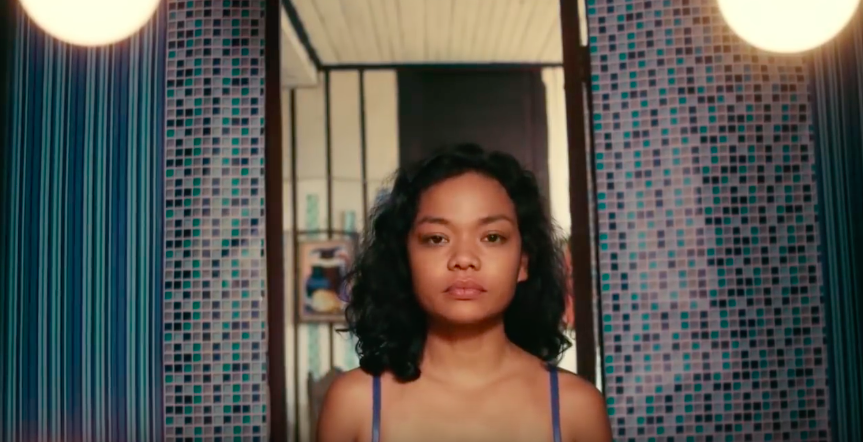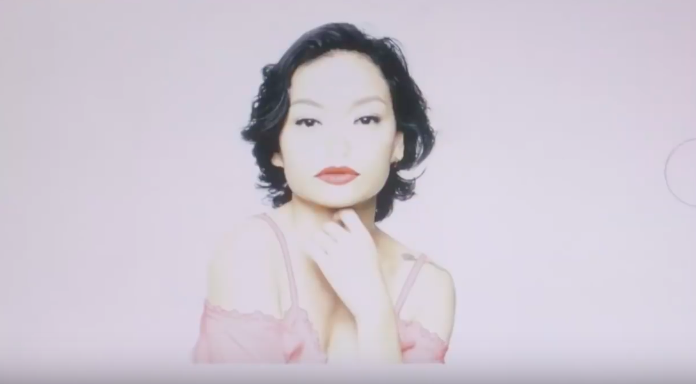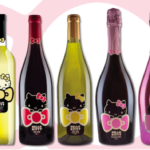Warning: This article may contain spoilers.
When it comes to beauty standards, the media has instilled in us that true beauty is about having a specific body type or skin color. In the Philippines, the average Filipino celebrities and fashion models are often mestizos/mestizas — usually Filipinos with foreign blood.
This “ideal” beauty standard, however, rooted in hundreds of years of colonization when mestizos were being treated to be superior. Now this mentality has carried on to a particular extent like associating power and dominance with people of lighter skin tones, straight hair, and sharp, ridged noses. While Filipinos who are dark skinned, short and have curly hair and flat noses are considered “ugly” and often stereotyped as submissive and exotic.
But, is there really an established definition of “Pinay beauty”?
Starring Edgar Allan Guzman, Chai Fonacier, Janus del Prado, Maxine Medina, Nico Antonio, Mariko Ledesma and Hanna Ledesma. The film “Pinay Beauty” is about Annie (Fonacier) who always aspires to look Caucasian. It tackles the white’s privilege and encourages us to reflect on what is really considered to be beautiful.
Here are 4 beautiful lessons that we can learn from the film:
1. You are beautiful when you’re happy

Every morning, Annie would always remind herself: “I am happy because I am beautiful,” but what she finally realized is that it’s actually the other way around — you’re beautiful because you’re happy.
Cliché as it may seem, but being beautiful always starts from feeling good about yourself.
2. Our skin color doesn’t define our self-value

The images in magazines, films and especially, the Internet have made people of color feel less significant when trying to define someone as beautiful. In the movie, Annie believed that being white had more chances of becoming more successful and gaining respect from other people — hence, her persistence to undergo surgery.
However, skin color doesn’t equal self-value. What truly defines us is our skills, talents and most especially, our unique characteristics.
3. Pinay beauty is subjective, not objective

The characters of Annie, Lovely G (Maxine Medina), and Japs (Hanna Ledesma) represent the different Filipina looks: there’s chinita, morena, and mestiza. But in a dialogue between Migs (Edgar Allan Guzman) and his friends, some of them strongly pointed out that Pinay beauty is all about being kindhearted, affectionate, and loving.
4. Somebody will truly love you despite your looks

“Beauty is only skin-deep,” an adage that reminds us that personality outshines looks. And just like the story of Migs and Annie, someone out there will truly love you no matter how much you hate yourself.
Every day, we are bombarded by advertisements telling us that being white is attractive. And because of that, we feel enforced to measure up to the society’s standard. Presented in a humorous manner, the film is a good reminder that one’s skin tone is not the determining factor of a person’s beauty — black or white, everyone is created equally beautiful.
—
Read more from InqPOP!:
Pista ng Pelikulang Pilipino 2018 Features Quality Genre Films Nationwide
Romantic Indie Films to watch aside from ‘Kita Kita’
Defying the status quo: 5 Lessons from ‘Of Love and Law’
LOOK: Artist beautifully recreates the movie posters of notable Pinoy films


